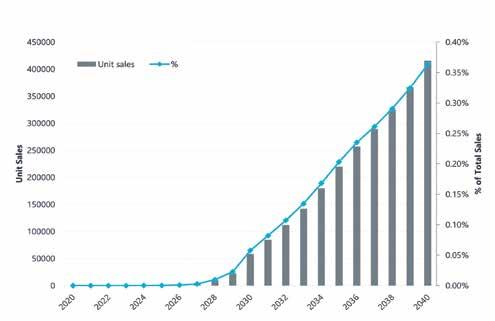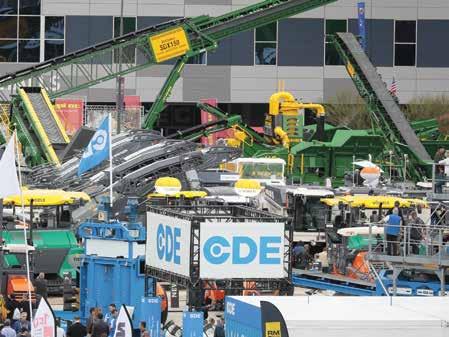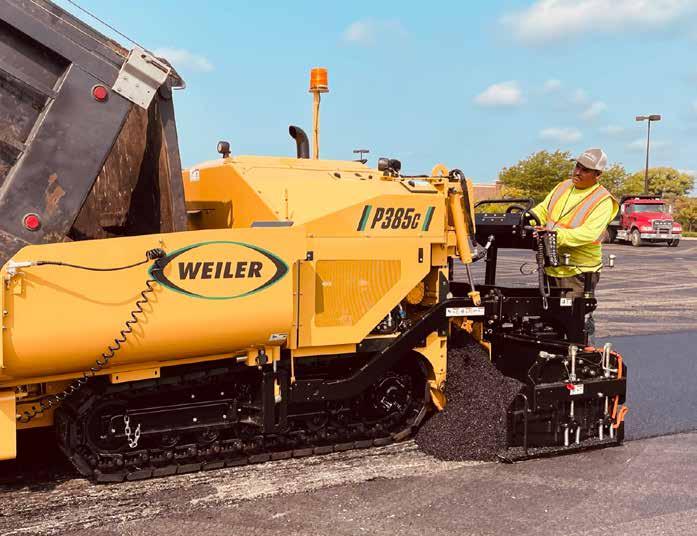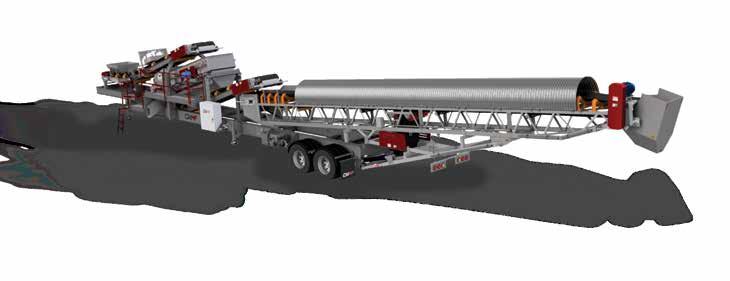
3 minute read
Which TAWG is Your Best Fit?
BY SANDY LENDER
We each have strengths and skills to employ in the mission to help colleagues in the construction industry with mental health wellness and suicide prevention. I’ll begin this article by inviting you to attend any and all of the sessions on this topic during next month’s CONEXPO-CON/AGG and IFPE event in Las Vegas. For example, I, along with fellow speakers Aaron Witt and Dave Lersch, will participate in the panel discussion “Constructing a Culture of Suicide Prevention” moderated by Michelle Walker, co-founder of the Construction Industry Alliance for Suicide Prevention (CIASP), on Thursday, March 16, in the west hall room 216218 at 10:45 a.m. This session is only one of many during the week that will help safety directors, managers and industry workers gather ideas to take back to their companies to save lives.
Direct link to the panel discussion: https://directory.conexpoconagg.com/8_0/sessions/ session-details.cfm?scheduleid=138
CONEXPO-CON/AGG isn’t the only resource for such education.
The Center for Construction Research and Training (CPWR) hosted a two-day workshop in Washington, DC, Aug. 1-2, 2022, with funding from the National Institute for Occupational Safety and Health (NIOSH) and subsequently produced a white paper titled “CPWR Workshop on Combating Suicide and Overdose Fatalities Among Construction Workers” to summarize the workshop and its resulting working groups. The white paper is available online for safety directors to peruse.
An item I found of immediate value from the CPWR paper was the four topic area work groups (TAWGs) developed during the workshop. They are as follows:
• Education and Training;
• Changing Culture and Ending Stigma;
• Peer Support; and
• Workplace Injury and Stress Prevention.
Each TAWG is summarized in the white paper, offering ideas, questions, topics and resources that work group members will continue to use and discuss in future meetings, but which also present good foundations for discussions in safety meetings around the industry.
Also in the white paper, the authors share from the workshop’s first day Brent Booker’s anecdote of negotiating a contract wherein two parties agreed “to fund a provision of mental health care on job sites.” Booker is the secretary-treasurer of North America’s Building Trades Unions (NABTU) and “he suggested using this model [of partnering to provide mental health care on job sites] moving forward, so the unions and employers can increasingly leverage their shared interests to include similar protections in future contracts.” This concept could be a topic of conversation for both prime and subcontractors in your upcoming workflows.
The information contained within the white paper is a summary of not only the activities held during the two-day workshop but is also a resource for ideas shared those days. Companies and safety directors can review the white paper and mine it for information, discussion topics and ideas.
Direct link to the white paper: https://www.cpwr.com/ wp-content/uploads/RR-CPWR_Workshop_2022_ Suicide_Overdose.pdf
No matter how you choose to use the resources now popping up via online courses and with in-person training opportunities, the good news is these resources are occurring more frequently. The construction industry is working among a variety of groups to bring awareness, training, support and ultimately prevention of the tragedy of suicide among our colleagues. I encourage you to follow and work with whichever group you feel comfortable aligning with to be a part of restoring hope and saving lives.
Challenge Of The Day
Near the end of the first day of the workshop in DC, the group participated in an exercise in which everyone was asked: “I’d like to collaborate with others on/about [blank] in an effort to combat suicide and overdose fatalities among construction workers.”
Such an exercise gives people the opportunity to think of individual skill sets, strengths and areas in which they’d be comfortable participating. As the editor of a construction magazine, I don’t have the same skill set or strengths as the paver operator who performs seasonal work or the CFO who manages multiple facilities’ balance sheets. I have different lived experiences from the lute artist and H.R. director and quality control consultant and so on.
Each one of us can do something different to assist in the mission of bringing awareness to the tragedy of suicide in our industry or ending the stigma surrounding opioid abuse in our industry or finding a way to support our colleagues or reducing workplace injuries and stress to reduce the need for pain medications and so on. Each one of us has a different comfort level with the topic area work groups (TAWGs) assembled during the CPWR workshop.
Which of the TAWGs would you be able to assist with? Or is there a different facet of the mental health wellness paradigm you would more comfortable being a part of? I encourage you to visit with your safety director to see how your company can be involved in helping save lives across the industry. I challenge you to write down your answer to the workshop’s question of where you’d like to collaborate to combat suicide and overdose fatalities among construction workers.
If you personally are seeking help, reach out.
Members of our industry are allies in the mission for better mental health wellness. The new national hotline for mental health help is 988.








